Front elevation designs While designing house front elevation it depends up on stairs the home owner should consider every design requirement of the stairs since the well-designed stairs provide easy access to upper floors of the home. The steps of stairs can be constructed as a series of horizontal treads. The tread is horizontal width of stairs step whereas the enclosed space between treads is known as riser. The part of building having stairs is known as staircase. This article tells you about necessary indian house front elevation design requirements to be kept in mind while designing stairs. Essential requirements of stairs – You can design comfy stairs concerning average human height. During design process many things like dimensions of a common person, average comfortable walking stride, fixing gradient or pitch of stairs, height of the handrail and minimum head room should be thought about.
Indian house front elevation designs
elevation designs for single floor
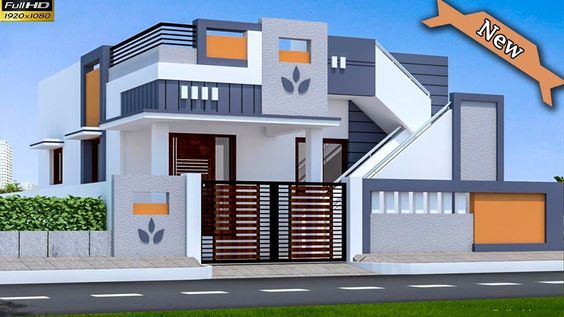
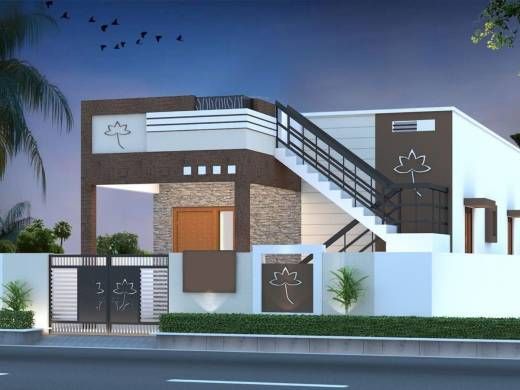
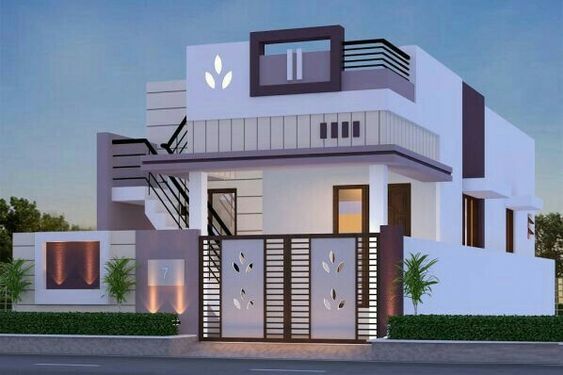
A well designed front elevation designs stair has easy access and proportions of treads and risers more than twice the rise. Various stair layouts from straight flight to a series of intricate curves and landings have comparable basic principle of elevation stair design. The stair should be comfortable to walk on not only for the young, but additionally for the old. People usually prefer to the straight stairways for easy access to upwards and downwards.
elevation designs for g+1
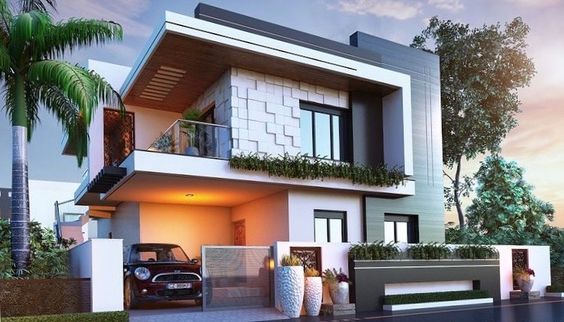
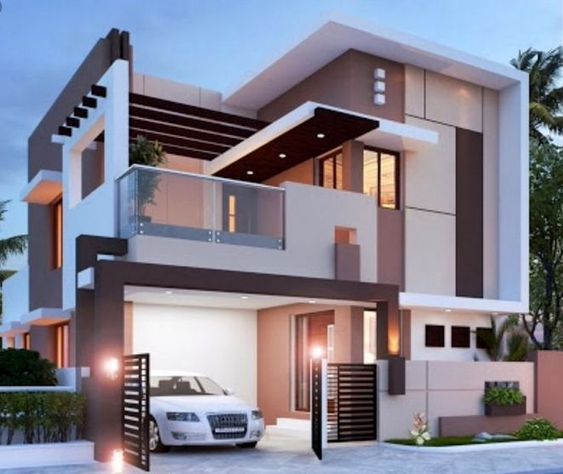
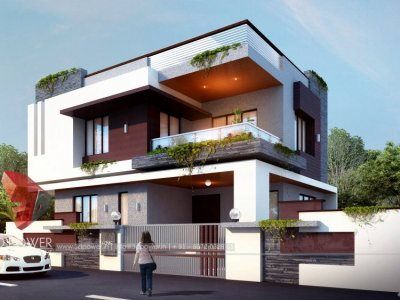
Materials for construction of house elevation stairs – The most often used materials in construction of stairs are – stone, timber, steel and RCC. Design requirements for front elevation stairs – Width of stairs – width of stairs for single family house 75 centimetres and if the users number is more than 10, minimum width of stairs should be 95 centimetres whereas width of stairs for two or more family homes should be 100 centimetres and if the users number is more than 10, width of stair should be 125 cm.
elevation design for g+2
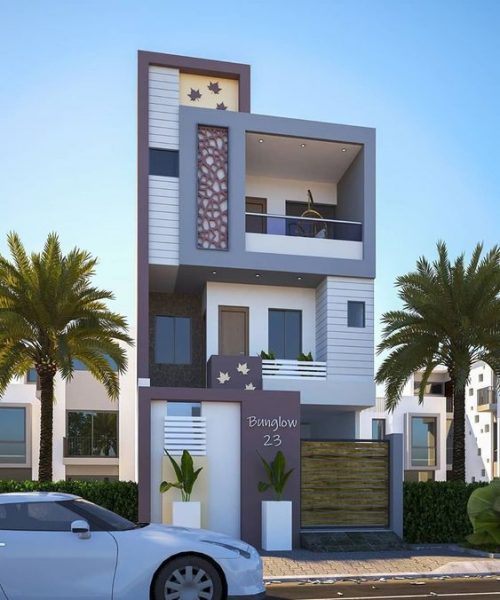
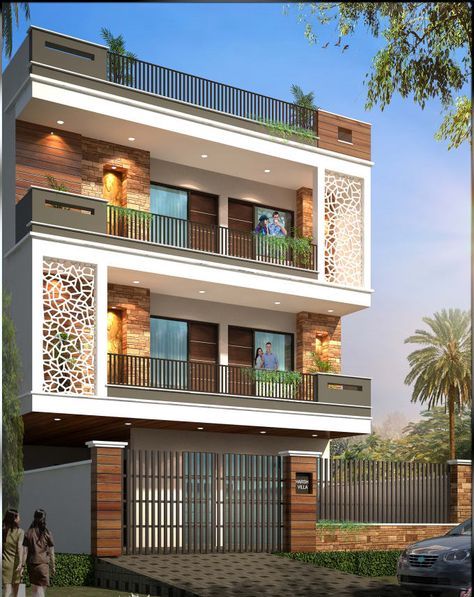

elevation design for g+3
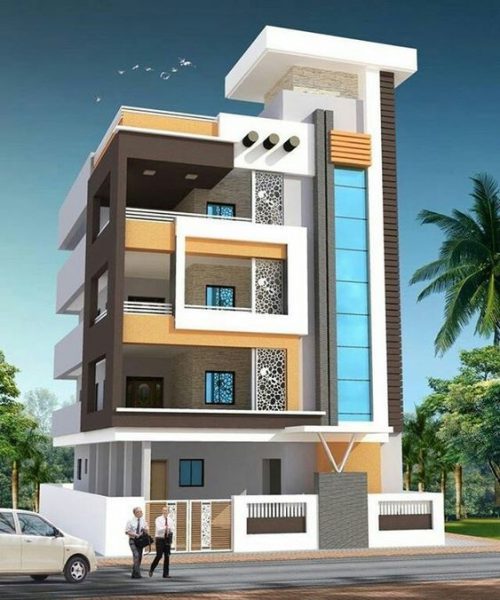
For Indian elevation designs The width of landing should be more or at least equal to the length of steps. Minimum width of a tread for the non-residential building 300 mm. Tread: it’s horizontal width of a stair step – Riser of stairs – Maximum height of riser for residential building should be 190 to 200 mm whereas maximum height of riser for non residential building should be 150 to 170 mm.
Riser: it’s the height of a stair step. Slope of stairs – Minimum slope of stairs with floor 26 degrees whereas maximum slope of stairs with floor 45 degrees. The height of handrail shouldn’t be less than 800 mm and more than 900 mm. Head Room free from the minimum room or the height of roof from any step of stairs 2.1 to 2.2 metre for easy movement of large furniture.